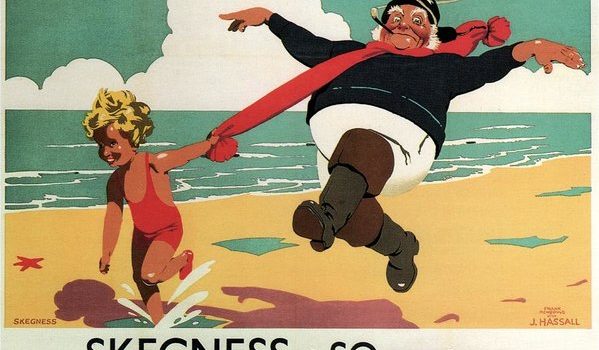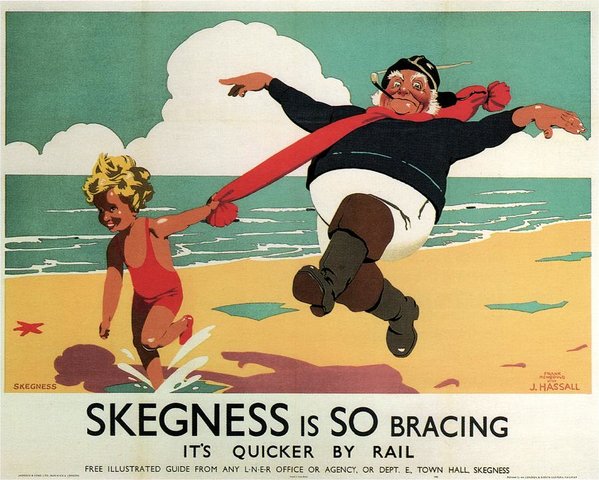How design has evolved in the digital age
The digital age has brought along many changes, and one of the biggest ones is how careers have progressed. Graphic designers, for example, have been able to build their careers and grow their skills thanks to online technology. Previously, everything would’ve been done on paper, but there are now countless opportunities to expand the industry.
Thanks to the growth of technology, many young people have never gone without the internet, and most of them are likely to develop a career which somehow involves computers. Animations, billboards and even magazines have developed massively with the help of the digital age, and it continues to grow.
In 1796, the first illustrated poster was distributed and featured on a billboard. Before the days of printing and scanning, artists would be paid to spend hours drawing advertisements directly onto the board. As technology grew, designs would be printed and plastered onto the board. However, the latest advancement sees projects scanned onto the board which gives them the ability to change at different points throughout the day.
With the introduction of the photocopier in the 1970s, leaflets and flyers were made easier to distribute, but they were still different from what we see today. Designers would work on the flyer themselves without the help of a computer and then take it and photocopy the product before distributing it. What we’ve seen in the years since has transformed the business entirely.
As graphic design grew online, the elements to create it shifted to computer appliances too. Previously, it would take hours of fine-tuned work to create one design and get it printed, but now they can be done faster through all sorts of apps. Adobe gained the monopoly of design work through the use of both Photoshop and InDesign. Brands had the ability to see how well a campaign was doing through the rise of social media and encouraged to make creative changes where necessary.
Trends are constantly changing, which means the design has to adapt too, and according to Adobe, this has increased the amount of pressure on each worker. Previously, the design team would’ve been an additional part of the business, however, it’s not an essential aspect of a company. In order to be seen as innovative, companies need to come up with a new concept and adapt it to their ever-changing audience.
There has been a complete digital transformation which has resulted in higher expectations and stronger digital strategies. Digital pieces are mass-produced, which makes it easier having been made online, but an unsuccessful design can torpedo a campaign – so a lot more work and thought needs to go into each product.
While technology has been evolving, it’s helped in a number of different areas for growth too, with speed, efficiency and accuracy being increased. As the years have progressed, important office supplies such as laser printers have made their way into workplaces. With bigger printers being able to hold more ink and toner cartridges, thousands of sheets can be printed at once – which in the design industry works as a time saver.










![How to Turn Your Car Into an Eco-Friendly Vehicle [Infographic]](https://technofaq.org/wp-content/uploads/2018/09/How-to-turn-your-car-into-an-eco-friendly-vehicle-150x150.png)




